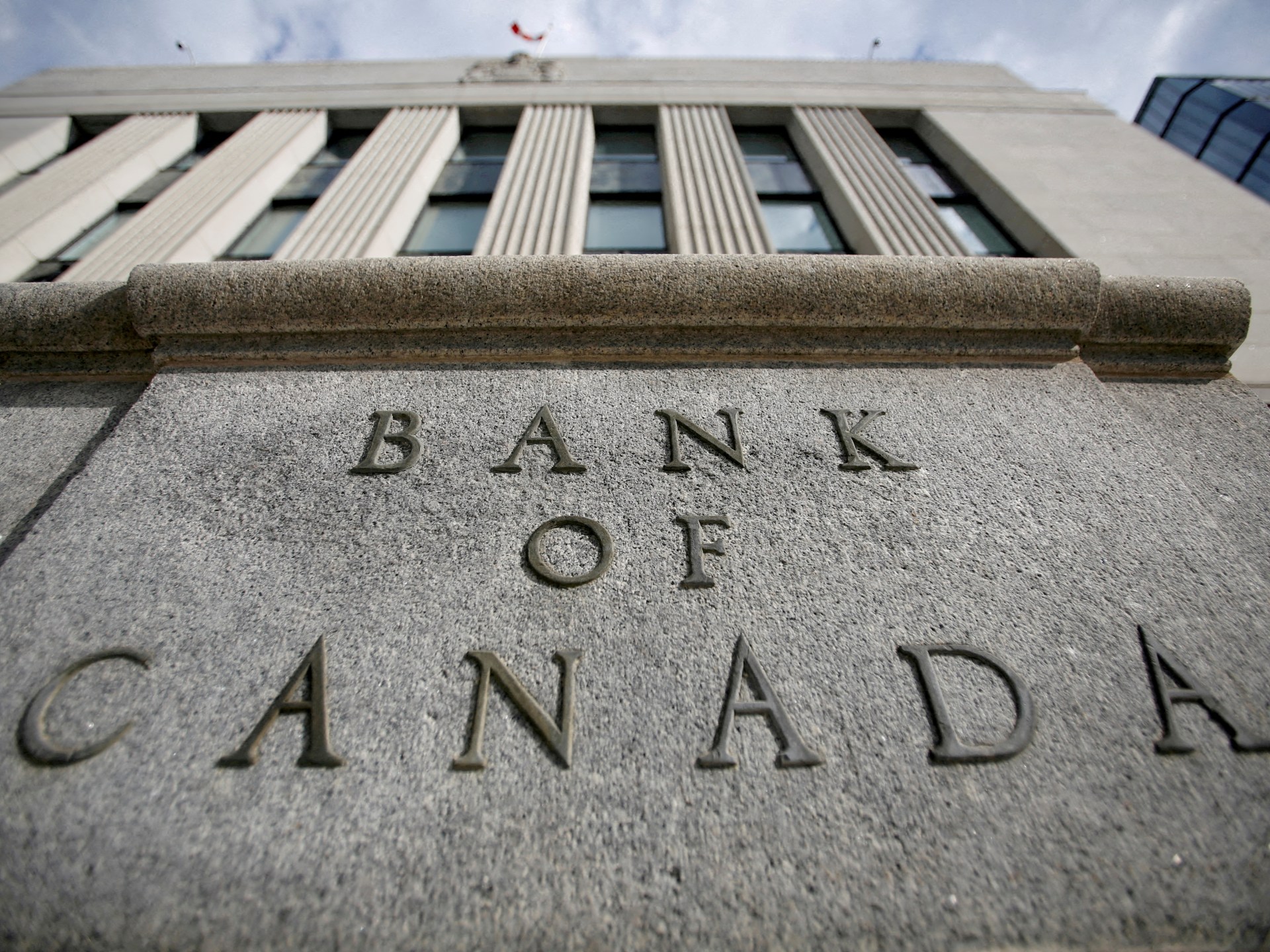The Bank of Canada (BOC) has reduced its key policy rate by 25 basis points to 3 percent, cut growth forecasts, and issued a warning to Canadians that a tariff war from the US could have a significant impact on the economy.
Governor Tiff Macklem made the remarks at a press conference on Wednesday that “a long-lasting, broad-based trade conflict would seriously hurt Canadian economic activity.” The outlook on the economy is dragged down by the possibility of a war of this kind.
US President Donald Trump , is , promising to impose a 25 percent tariff on all imports from Canada on Saturday. The US receives 75% of all exports of goods and services from Canada.
The bank warned that this was a hypothetical scenario rather than a forecast because a retaliatory 25% tariff on the US would have a potential impact on Canadian growth in the first year and another 1.5 percentage points in the second year.
The bank cut borrowing costs for the sixth time in a row on Wednesday. Although inflation has consistently maintained its target range of 1-3 percent, economic growth is still slow.
The bank said in a statement that the Governing Council had decided to cut the policy rate by 25 basis points to 3 percent as inflation was at or near 2 percent and the economy was in surplus.
The Canadian dollar was down 0.3 percent at 1.44 against the US dollar after the decision.
Tough situation
The BOC’s upcoming monetary policy announcement on March 12 has a more than 43 percent chance of seeing another 25-basis-point cut in the world of money markets.
The Bank of Canada would be in a difficult situation, but we think they would start cutting rates more aggressively if they had to deal with US tariffs, according to Doug Porter, chief economist at BMO Capital Markets.
The bank is concerned about US tariffs, which in theory could cause inflation to rise while also cutting growth, which in theory could result in lower rates and more stimulus.
We can’t lean against higher inflation and weaker output at the same time, Macklem said, using just one tool: our policy interest rate. However, he claimed that the bank could assist with the economy’s adjustment, especially given that inflation is low.
The bank also announced that March would mark the end of its quantitative tightening program, which was intended to drain the excess liquidity it pumped into the economy during the pandemic.
The BOC, which has been among the most aggressive top central banks in cutting rates, trimmed the country’s economic growth outlook to 1.8 percent in 2025 from the 2.1 percent predicted in October. The economy will grow by 1.8 percent in 2026, down from growth of 2.3 percent forecast earlier.
The central bank increased its inflation forecast from 2 percent in 2025 to 2 percent in 2026, and from 2 percent to 2 percent. Possible US tariffs are not taken into account in the projections.
The population has increased, accounting for the majority of the growth observed, but Canada’s economy has been shrinking on a per-capita basis for six straight quarters.
Source: Aljazeera

Leave a Reply